7983cc SOHC Inline 6-Cylinder Engine Single Smiths 50BVS Carburetor, 147bhp at 3,500rpm 4-Speed 'F' Manual Transmission Semi-Elliptic Leaf Spring Suspension 4-Wheel Mechanical Servo Assisted Drum Brakes *Desirable short chassis example of legendary model *Well-documented history *Single family ownership since 1962 *Carefully maintained and toured *Ideal tour car for Bentley Vintage Meets THE 8 LITER BENTLEY Although the prevailing image of Bentley cars during the Cricklewood period of the company's life is that of out-and-out sports cars and fast tourers, it is often overlooked that W. O. Bentley made a determined bid for the carriage trade, particularly with his larger 4½-Liter, 6½-Liter, and 8-Liter models. It is largely because of this that Napier's bid for the company, in 1931, was thwarted by Rolls-Royce, which doubtless saw that a rejuvenated Bentley company would present strong competition for its own models. As it is, only 100 examples of the 8-Liter model had been produced before bankruptcy overtook the original Bentley company; had they been in a stronger financial position, it may have been a different story. With a chassis price of £1,850, the 8-Liter Bentley was in direct competition with the Rolls-Royce Phantom II while offering better performance, and the contemporary motoring press was lavish with its praise for the 8-Liter model. The latter had debuted at the 1930 London Motor Show, and was the largest-engined car made in the UK at that time, and arguably the fastest. Bentley's advertising claimed "100mph without noise" and tests bore out that claim, the 8-Liter being fully capable of the "ton," even when burdened with weighty formal coachwork. As W. O. Bentley said, "I have wanted to produce a dead silent 100mph car, and now I think we have done it." The 8-Liter represents an evolutionary step in the development of the Vintage-era Bentley, combining proven features of the 6½-Liter model with the latest engineering advances. Rather than trying to extract more power from the existing 6½-Liter engine, W. O. Bentley followed his long-preferred method of improving performance and simply enlarged it, increasing the bore size from 100 to 110mm. Although the 8-Liter's engine followed conventional Bentley practice, its gearbox—designated "F-type"—was radically different from its predecessors, the redesign having been necessitated by the greatly increased power and torque it was required to transmit, as well as the quest for silence. The massive chassis frame likewise was entirely new, being of the "double drop" design that enabled overall height to be reduced and the center of gravity lowered, these aims also dictating the use of a hypoid-bevel rear axle. Seven tubular cross members resulted in a much stronger and less flexible frame than hitherto, which was available in a choice of two wheelbases: 12' or 13'. Revised suspension incorporating longer road springs, out-rigged at the rear, together with Bentley & Draper shock absorbers, made for increased smoothness and stability, both vital considerations when designing a large and weighty vehicle capable of three-figure speeds. The 8-Liter's steering and braking systems also featured numerous detail improvements. In December of 1930, The Autocar eulogized, "Motoring in its very highest form," having recorded a top speed of 101.12mph in W. O. Bentley's own saloon-bodied 8-Liter over the half-mile. Between 1930 and 1939, Britain's foremost motoring magazine bettered that figure only once, while testing an Alfa Romeo 8C 2300. The 8-Liter was destined to remain the fastest production Bentley until the R-Type Continental's arrival in 1953. THE MOTORCAR OFFERED This handsome Bentley encapsulates the last years of the W.O. Vintage era. It is the definitive article of the genius that has created the essence of what the marque stands for. It has a thorough purity in its components and coachwork, and a provenance which stretches back to the day it was built and can chart more th
7983cc SOHC Inline 6-Cylinder Engine Single Smiths 50BVS Carburetor, 147bhp at 3,500rpm 4-Speed 'F' Manual Transmission Semi-Elliptic Leaf Spring Suspension 4-Wheel Mechanical Servo Assisted Drum Brakes *Desirable short chassis example of legendary model *Well-documented history *Single family ownership since 1962 *Carefully maintained and toured *Ideal tour car for Bentley Vintage Meets THE 8 LITER BENTLEY Although the prevailing image of Bentley cars during the Cricklewood period of the company's life is that of out-and-out sports cars and fast tourers, it is often overlooked that W. O. Bentley made a determined bid for the carriage trade, particularly with his larger 4½-Liter, 6½-Liter, and 8-Liter models. It is largely because of this that Napier's bid for the company, in 1931, was thwarted by Rolls-Royce, which doubtless saw that a rejuvenated Bentley company would present strong competition for its own models. As it is, only 100 examples of the 8-Liter model had been produced before bankruptcy overtook the original Bentley company; had they been in a stronger financial position, it may have been a different story. With a chassis price of £1,850, the 8-Liter Bentley was in direct competition with the Rolls-Royce Phantom II while offering better performance, and the contemporary motoring press was lavish with its praise for the 8-Liter model. The latter had debuted at the 1930 London Motor Show, and was the largest-engined car made in the UK at that time, and arguably the fastest. Bentley's advertising claimed "100mph without noise" and tests bore out that claim, the 8-Liter being fully capable of the "ton," even when burdened with weighty formal coachwork. As W. O. Bentley said, "I have wanted to produce a dead silent 100mph car, and now I think we have done it." The 8-Liter represents an evolutionary step in the development of the Vintage-era Bentley, combining proven features of the 6½-Liter model with the latest engineering advances. Rather than trying to extract more power from the existing 6½-Liter engine, W. O. Bentley followed his long-preferred method of improving performance and simply enlarged it, increasing the bore size from 100 to 110mm. Although the 8-Liter's engine followed conventional Bentley practice, its gearbox—designated "F-type"—was radically different from its predecessors, the redesign having been necessitated by the greatly increased power and torque it was required to transmit, as well as the quest for silence. The massive chassis frame likewise was entirely new, being of the "double drop" design that enabled overall height to be reduced and the center of gravity lowered, these aims also dictating the use of a hypoid-bevel rear axle. Seven tubular cross members resulted in a much stronger and less flexible frame than hitherto, which was available in a choice of two wheelbases: 12' or 13'. Revised suspension incorporating longer road springs, out-rigged at the rear, together with Bentley & Draper shock absorbers, made for increased smoothness and stability, both vital considerations when designing a large and weighty vehicle capable of three-figure speeds. The 8-Liter's steering and braking systems also featured numerous detail improvements. In December of 1930, The Autocar eulogized, "Motoring in its very highest form," having recorded a top speed of 101.12mph in W. O. Bentley's own saloon-bodied 8-Liter over the half-mile. Between 1930 and 1939, Britain's foremost motoring magazine bettered that figure only once, while testing an Alfa Romeo 8C 2300. The 8-Liter was destined to remain the fastest production Bentley until the R-Type Continental's arrival in 1953. THE MOTORCAR OFFERED This handsome Bentley encapsulates the last years of the W.O. Vintage era. It is the definitive article of the genius that has created the essence of what the marque stands for. It has a thorough purity in its components and coachwork, and a provenance which stretches back to the day it was built and can chart more th
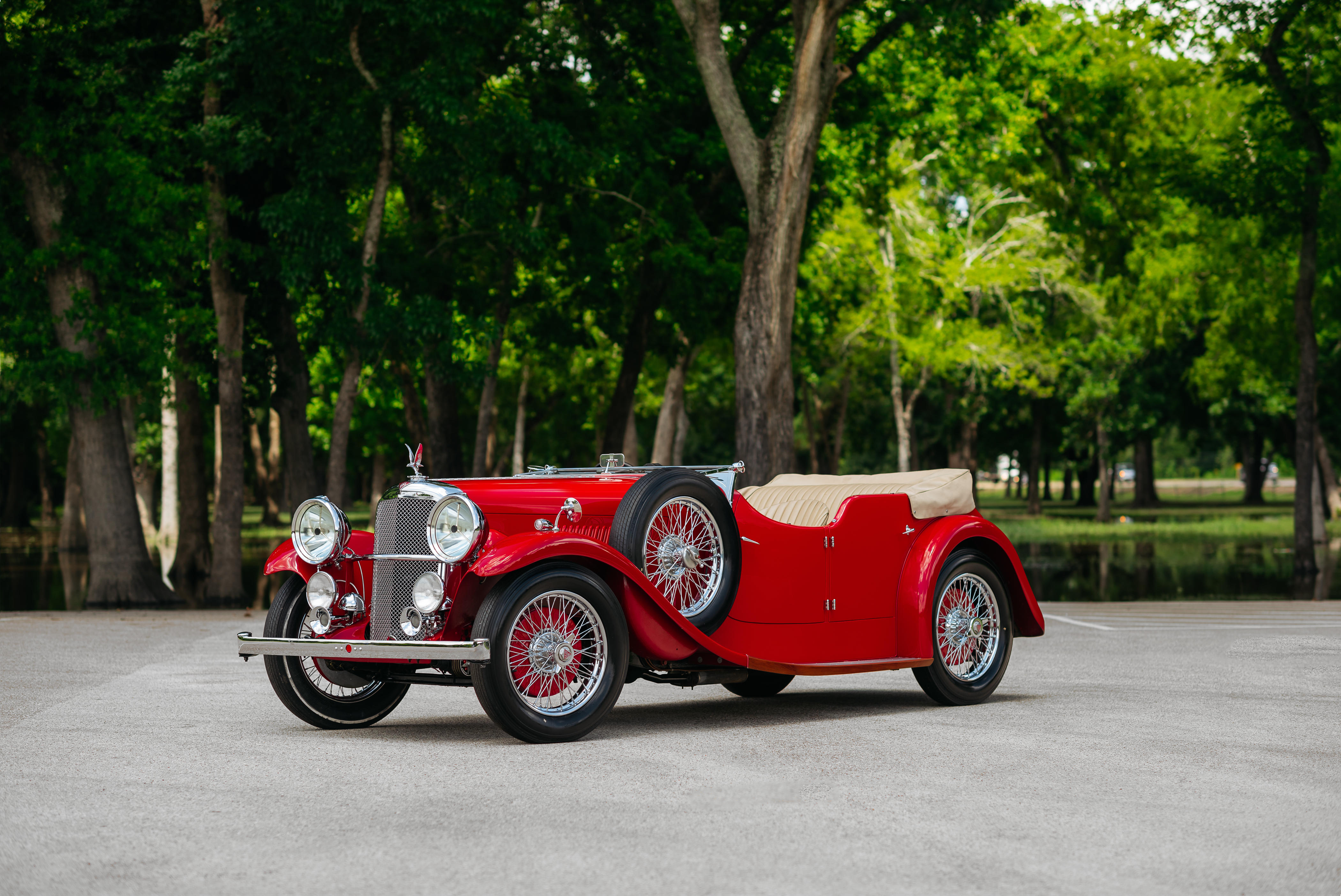
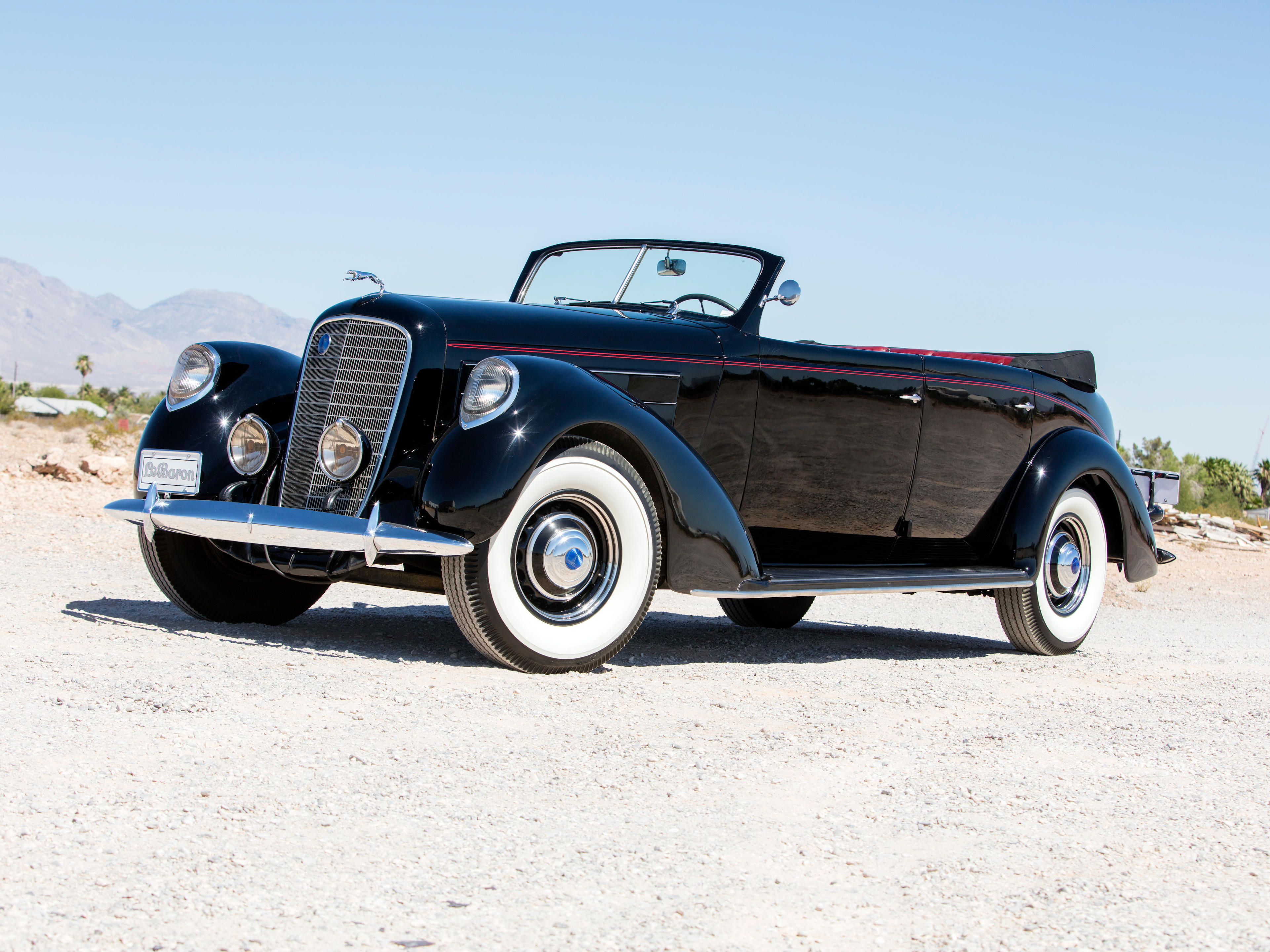
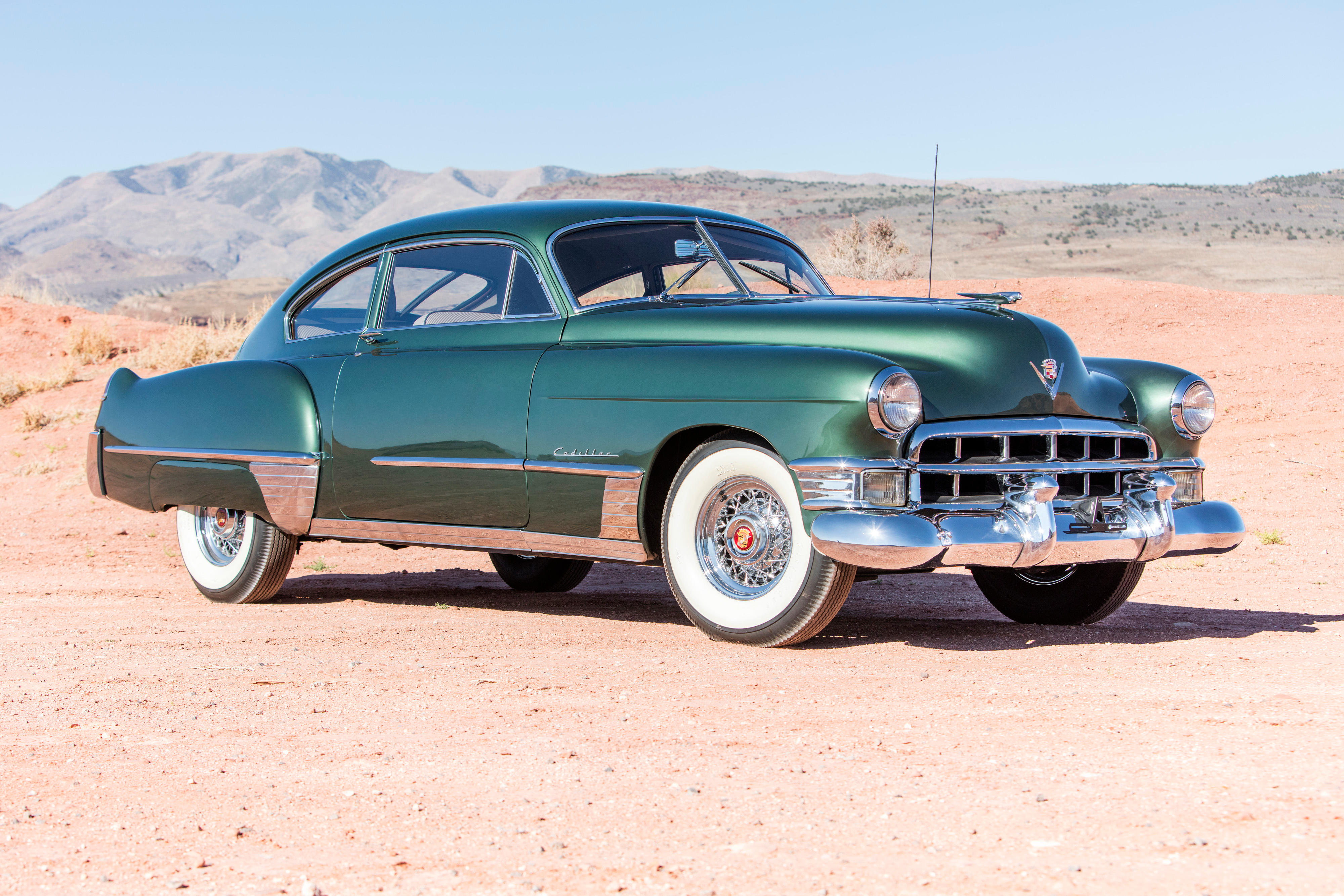
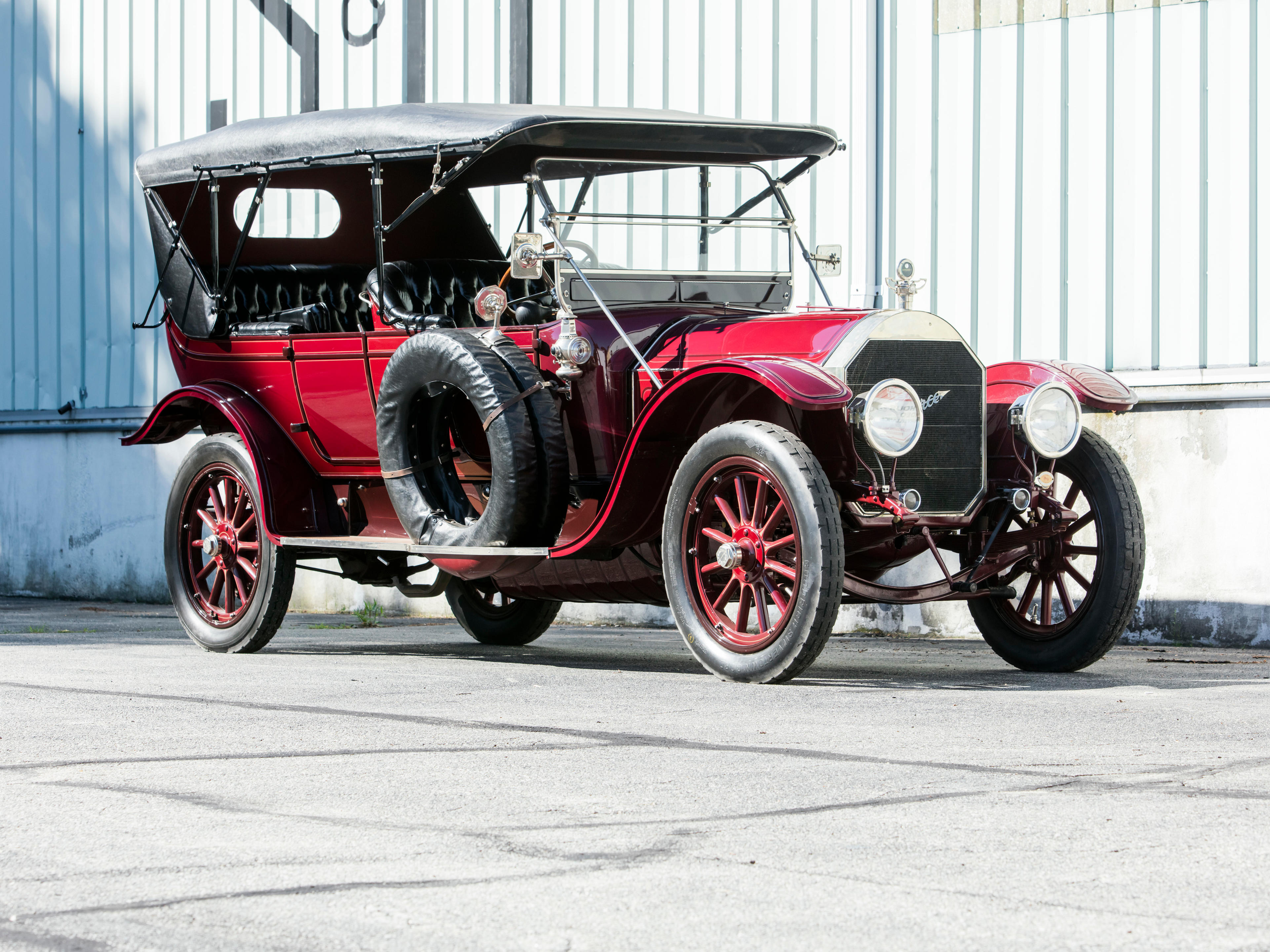

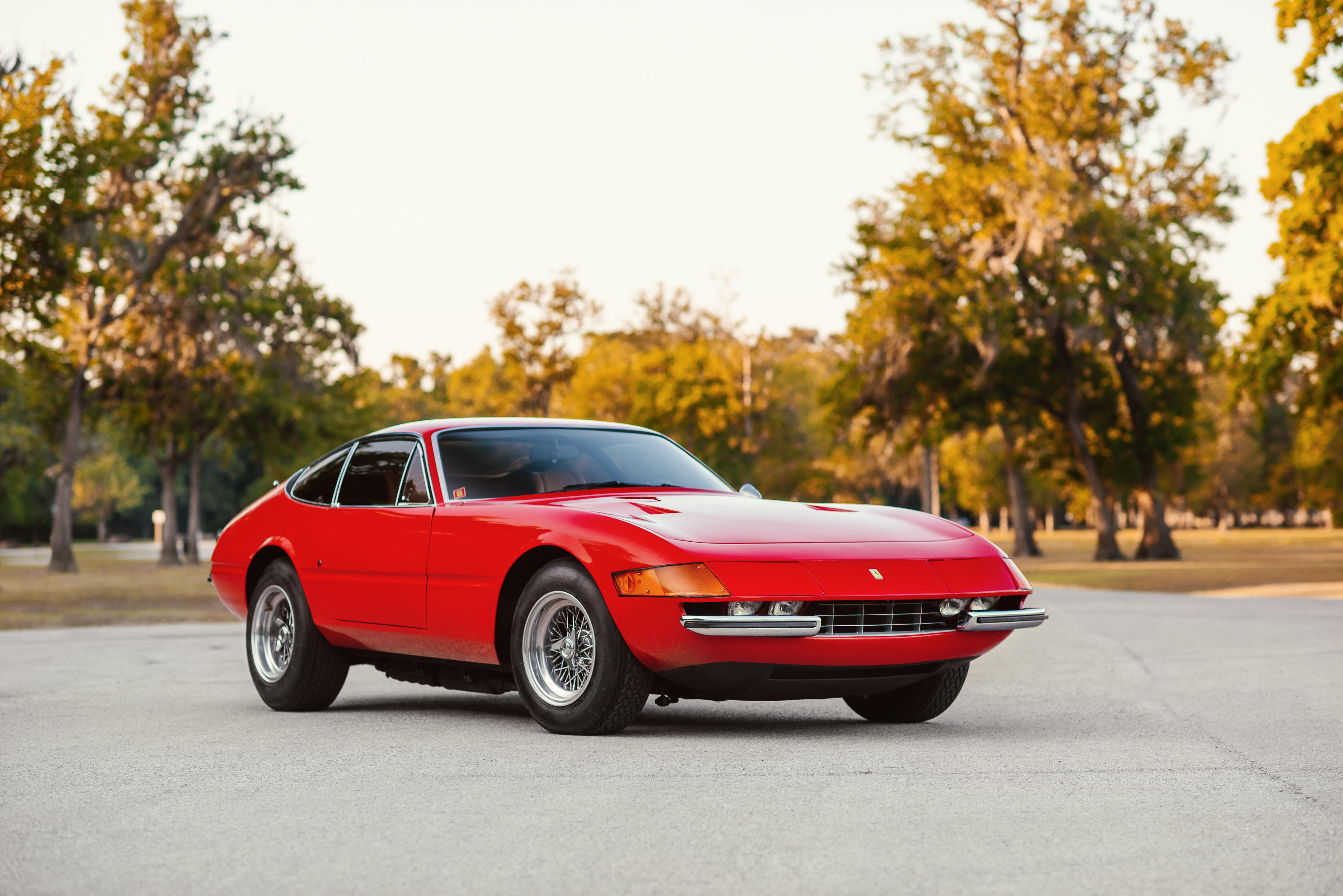
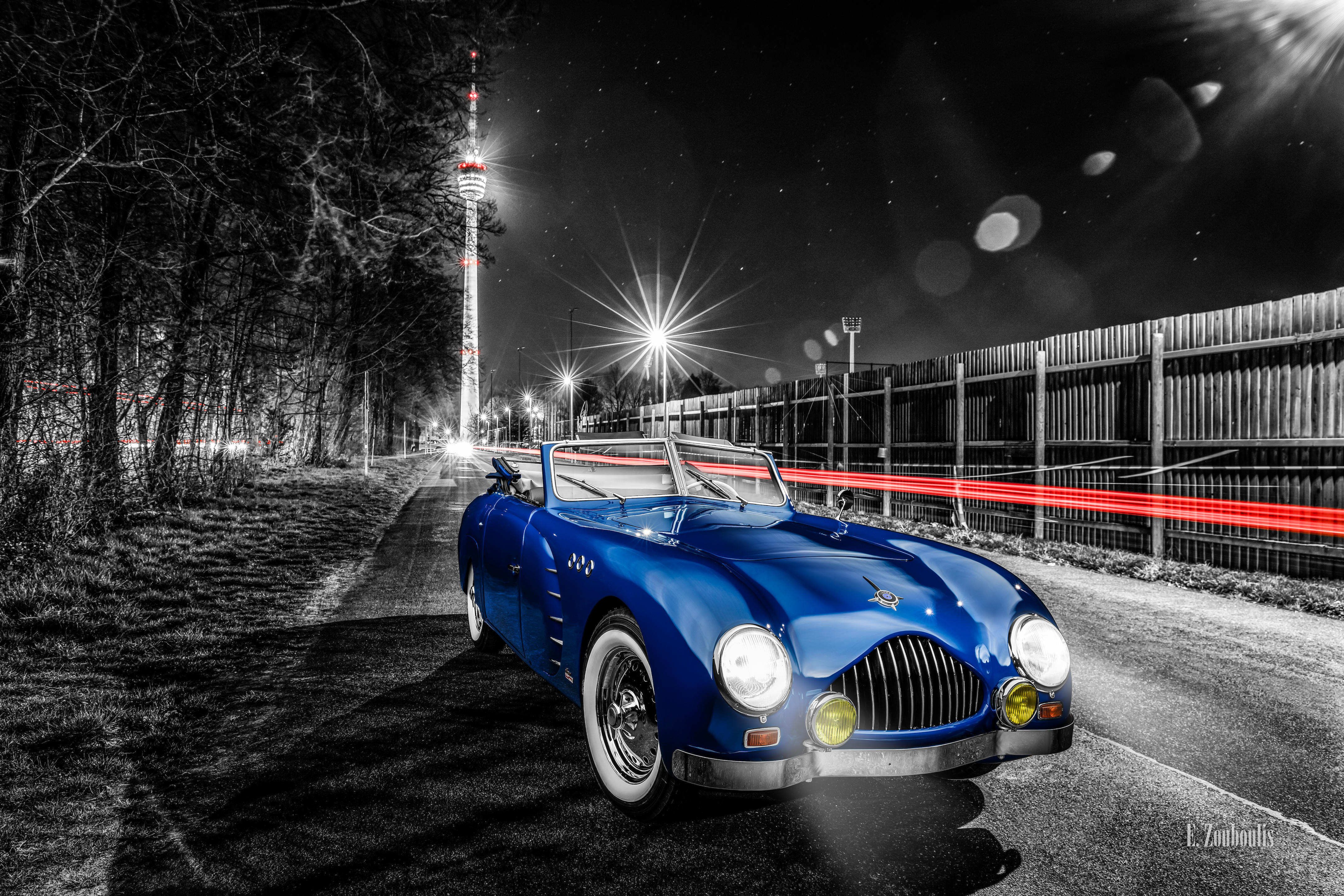
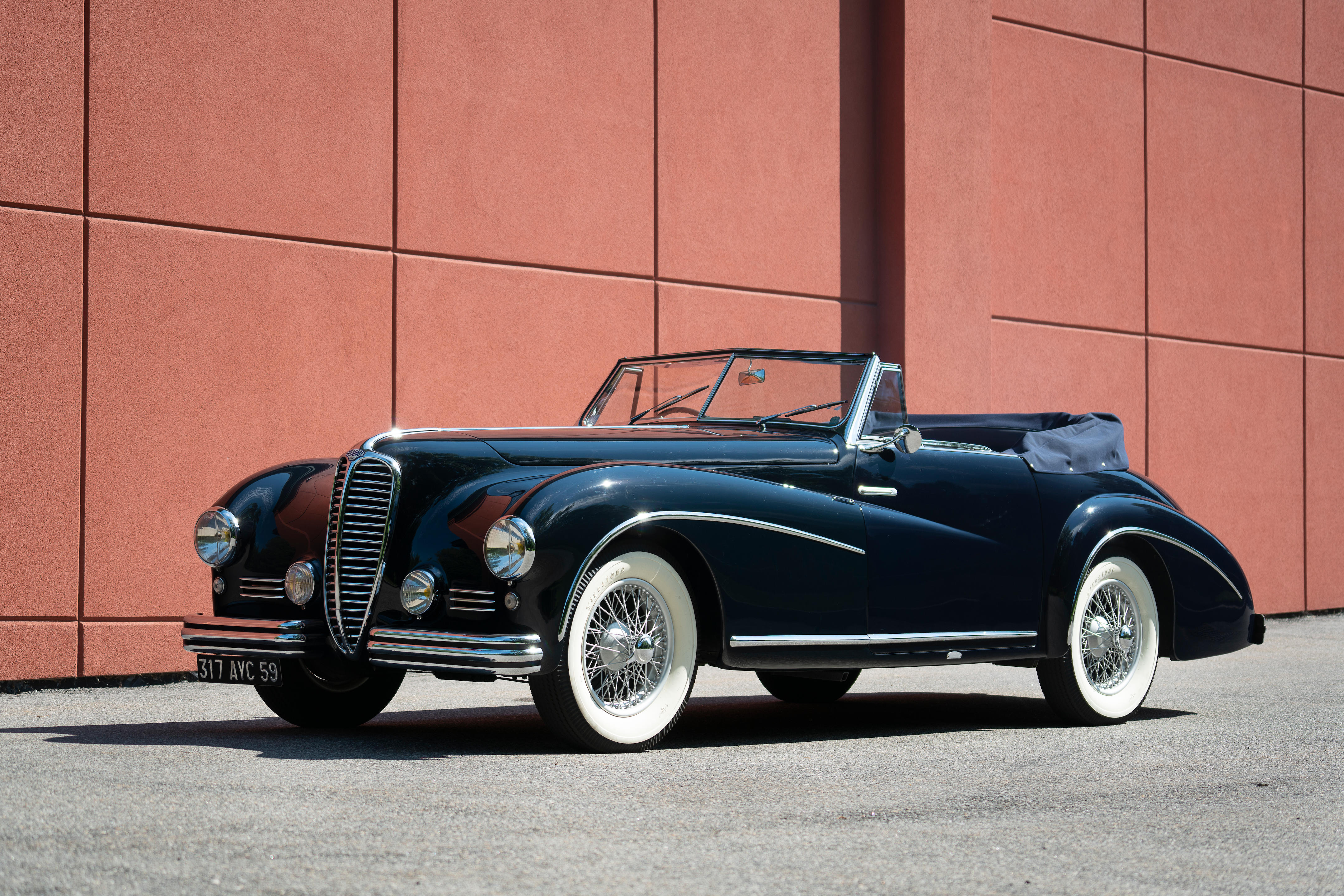
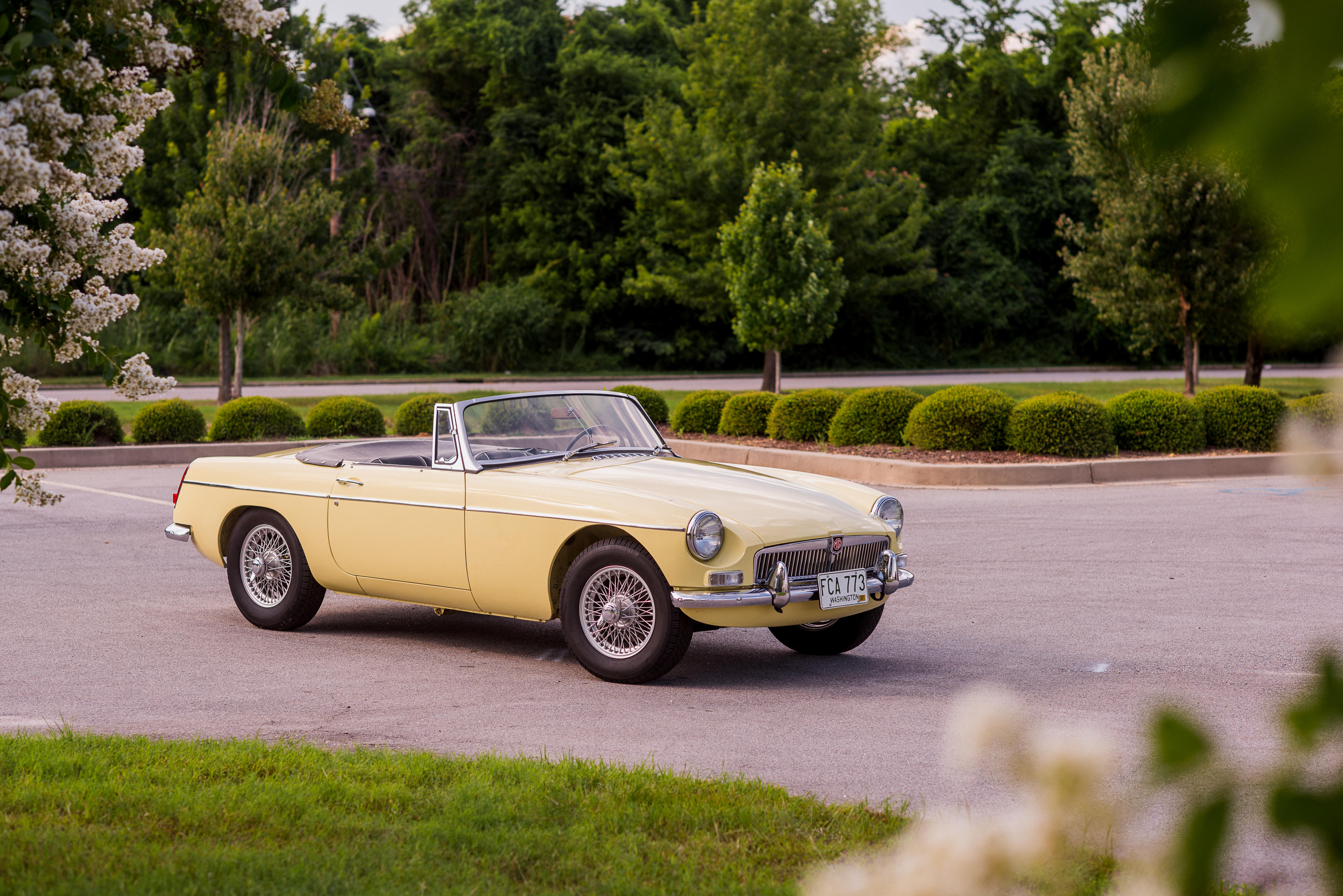
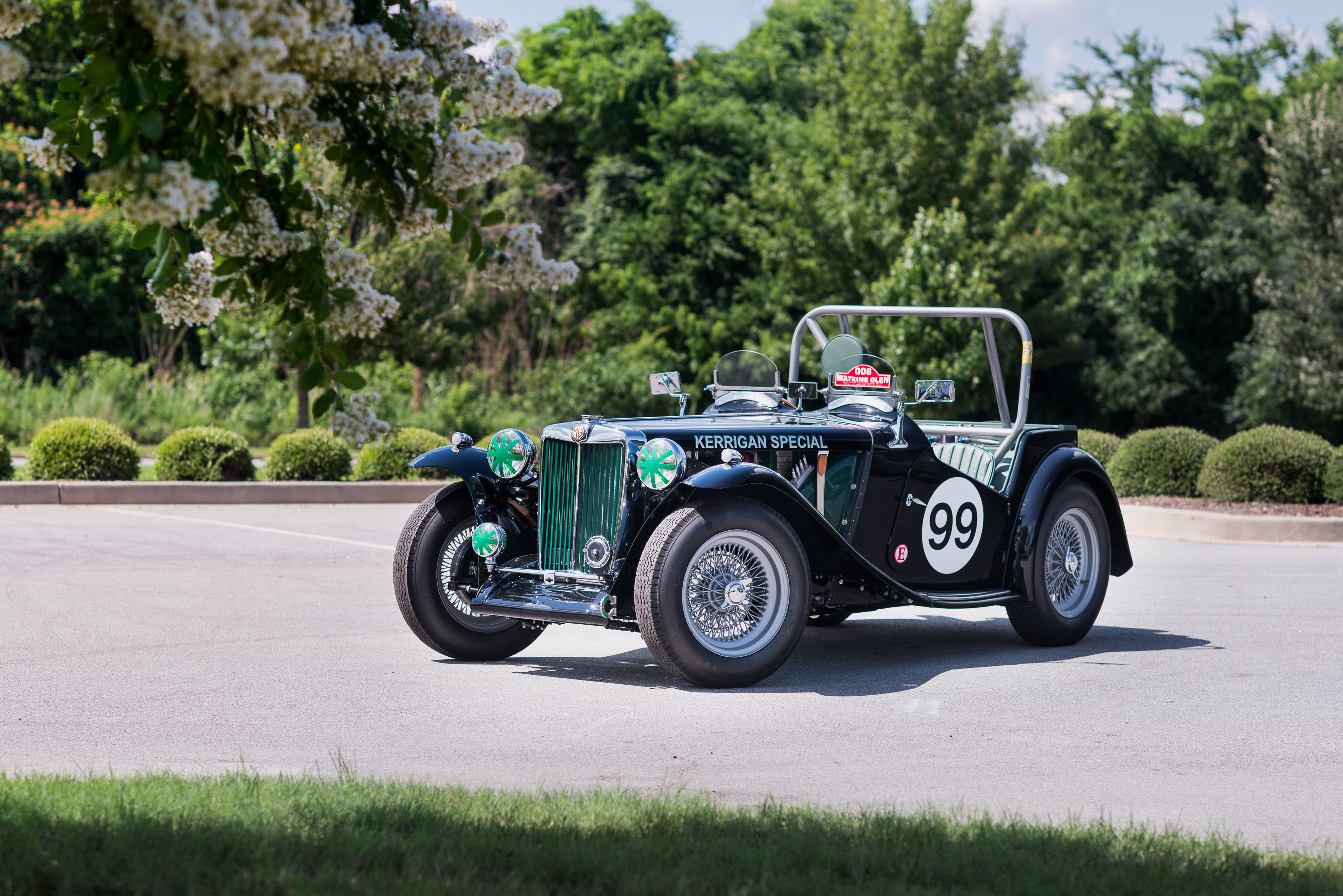
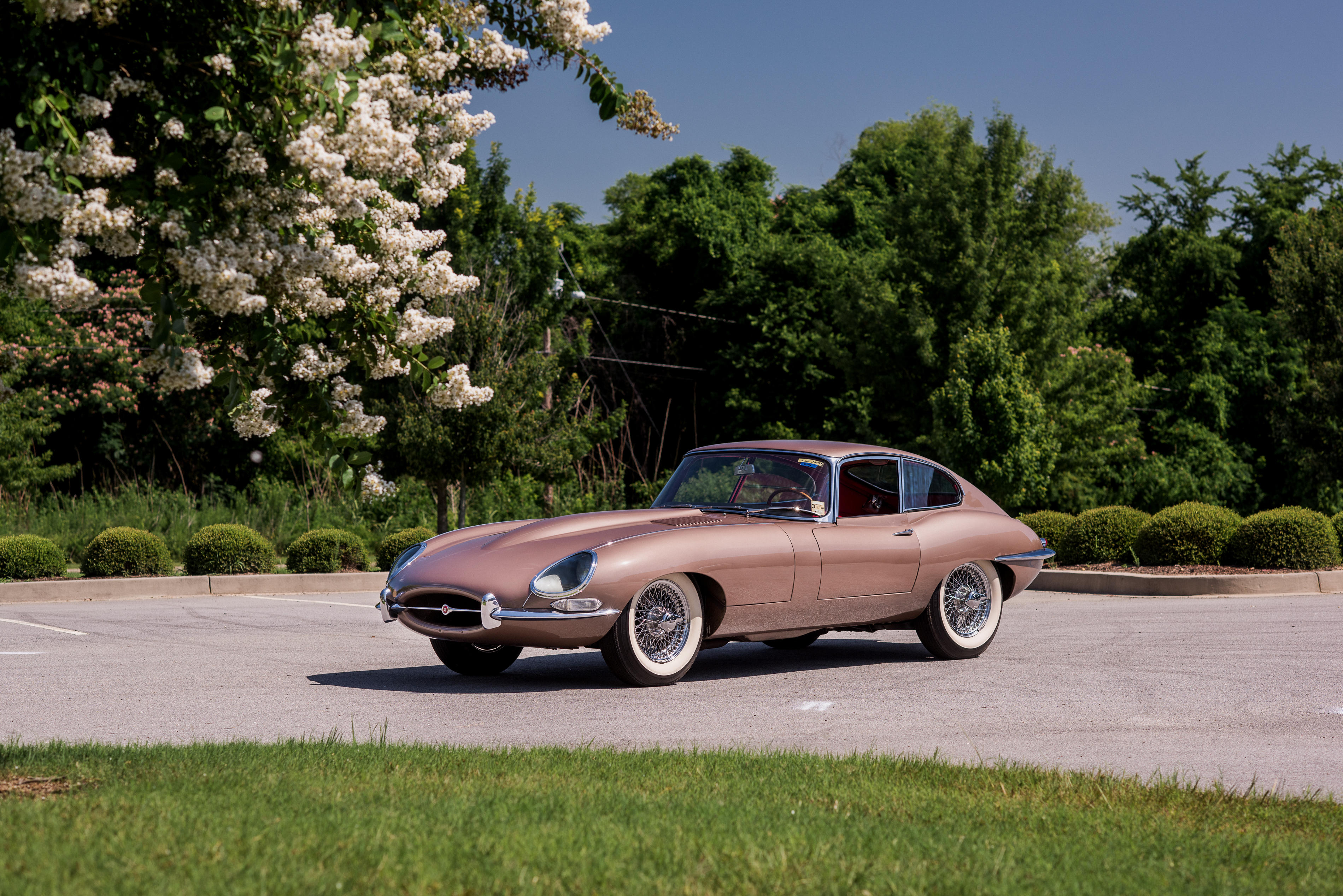
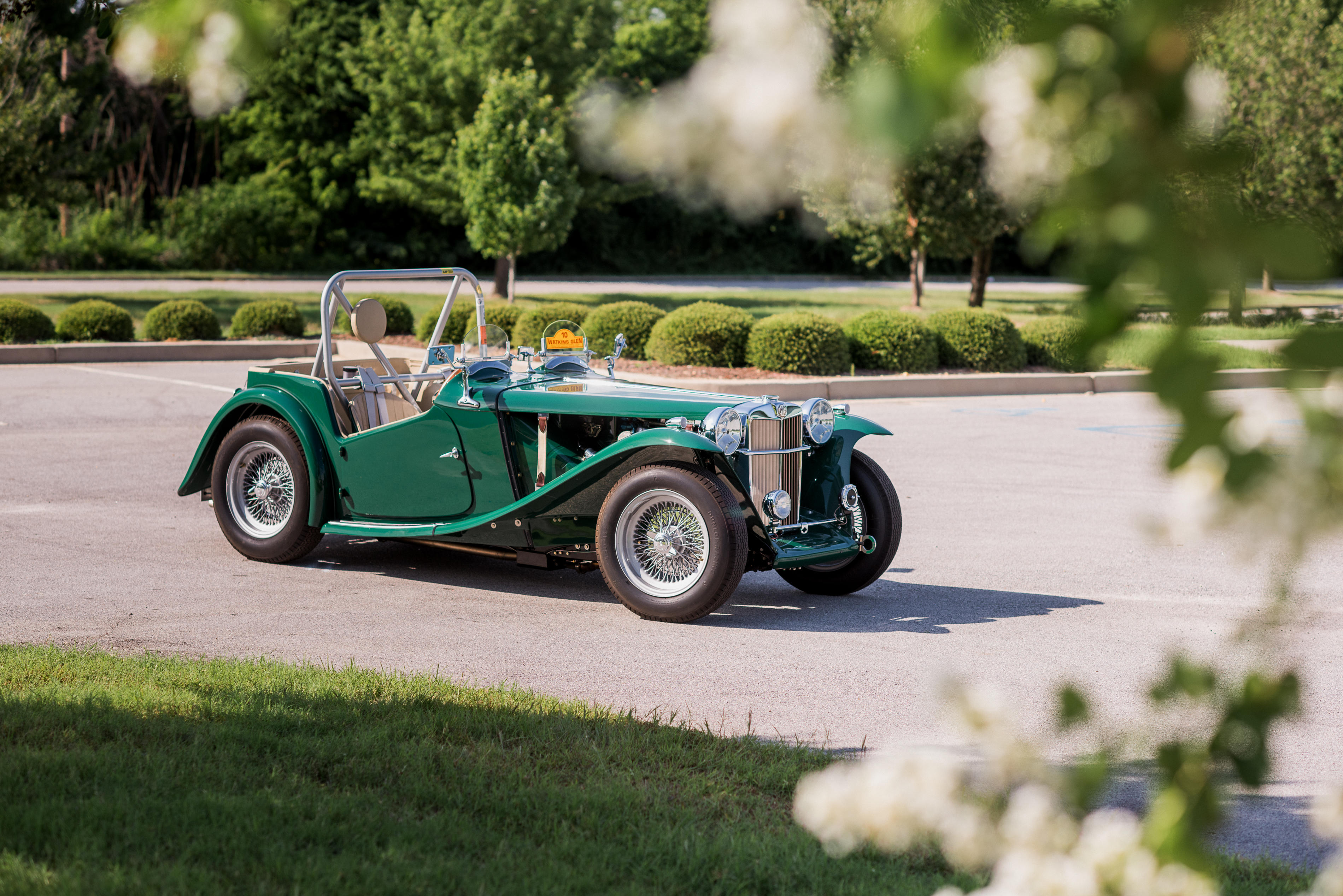
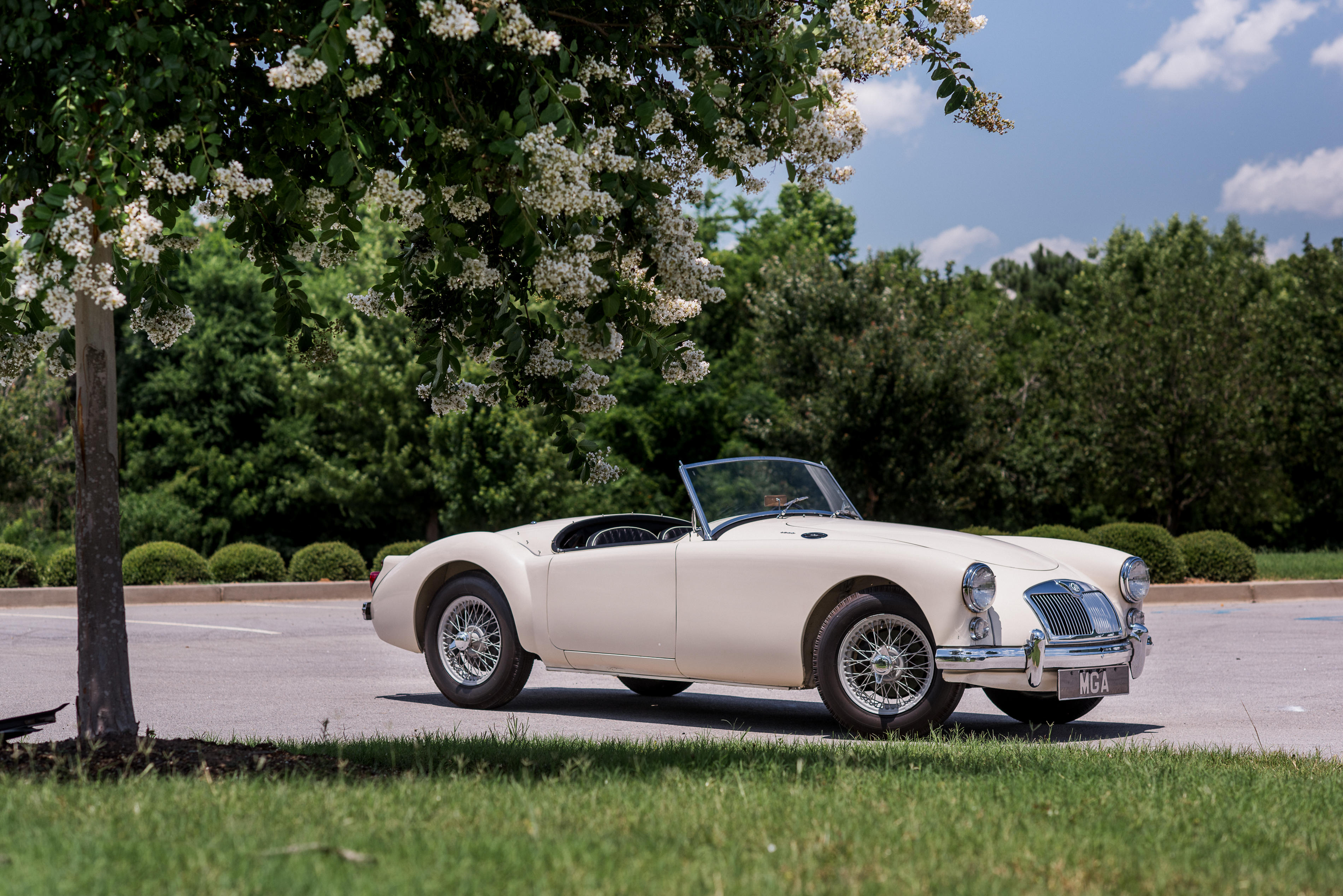
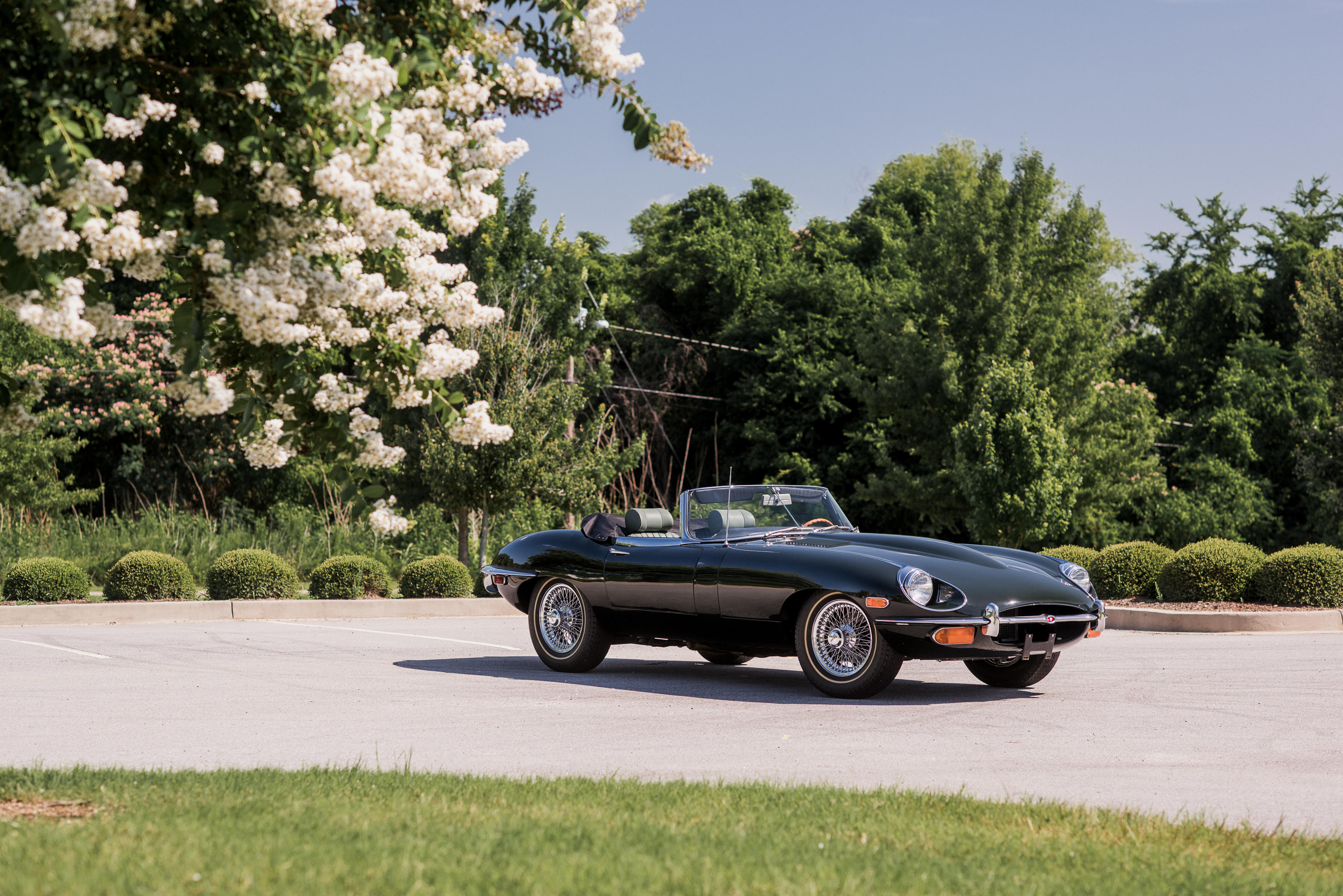

Testen Sie LotSearch und seine Premium-Features 7 Tage - ohne Kosten!
Lassen Sie sich automatisch über neue Objekte in kommenden Auktionen benachrichtigen.
Suchauftrag anlegen